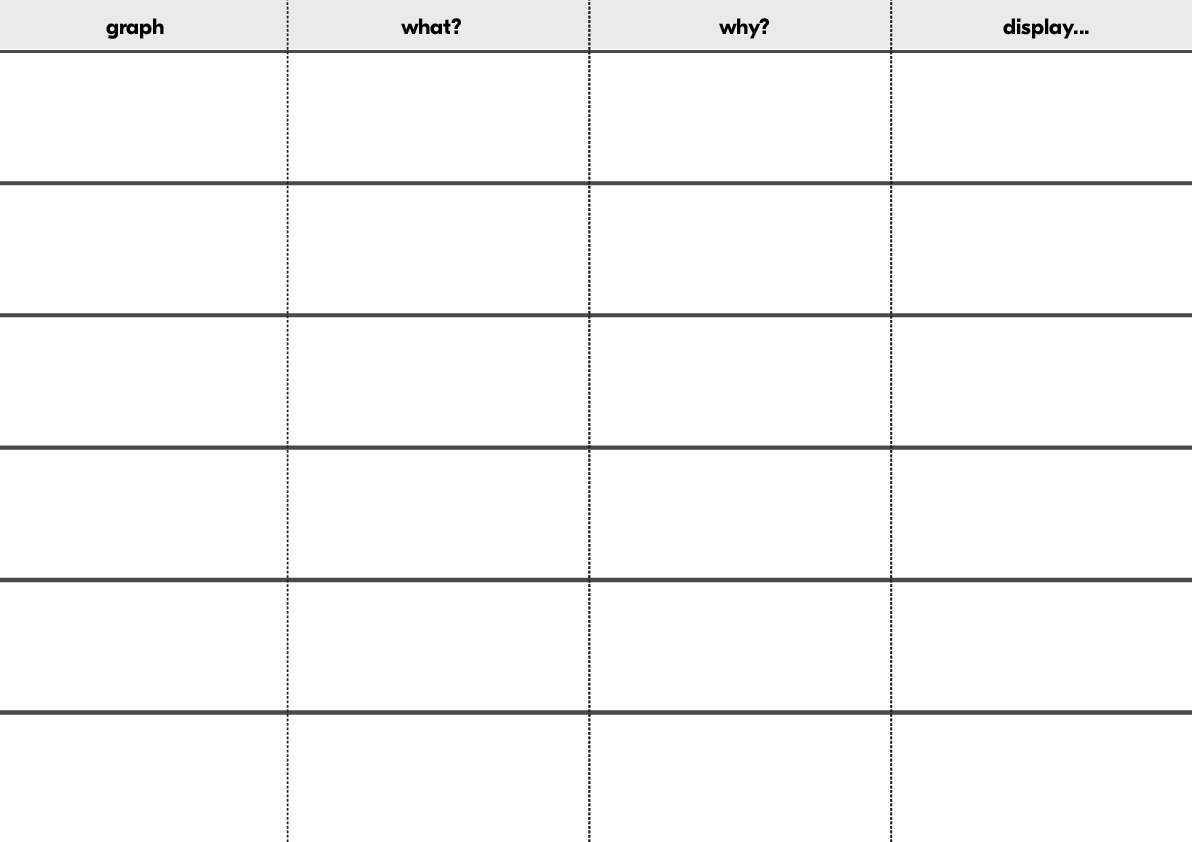Designing a dashboard: how to make sure it will show useful data
Find out more
Survey & workshop idea to help you gather more insights:
Initial survey — what information is important to your users?By now, you will have some assumptions on the categories you might select for the dashboard. Use this survey as a voting system for different data types and to confirm your assumptions about important tasks/useful information. At this stage, you are just interested in the categories and subjects, so I wouldn’t include any visuals yet — as soon as you show them, they will become the main focus. Try to ask specific questions, which you think will point you into the right direction of what information is important and useful for your users.
Workshop — define initial conceptsThis simple workshop idea will help you define initial concepts for your dashboard and learn more about your users. I would recommend to meet with participants individually and to ask them for a permission for a voice recording, so you can type your notes later (or you can ask someone nice to join the session and take notes).
Prepare for the workshop:From the research completed so far (including the survey), prepare initial ideas for what graph categories you will present on the page. Imagine you are writing graph titles for each of those categories and write them down. Select 5 or more of the graph titles, but make sure that the number is not too high, as it might become tiresome for the participants.1. Once the graph titles are ready, print them out on separate cards.2. Prepare a worksheet, or print out this workshop form (image below). Feel free to use your own/modify this to be more specific.


3. Bring post it notes, pens and sweets (optional, but nice).
Session details:Task 1. Show the graph titles to the participant, but don’t try to explain what you mean by each title (this will also validate your copy). Ask them to order the cards from the most important information to the least. If they can they should narrate their thought process, as they are ordering the cards. Ask them questions encouraging them to let you know what they are thinking, but be careful and don’t lead their answers to an outcome that you think is right.Task 2. Once ordered, place the cards on the printed out workshop form (in the graph column). Each graph title now has its own row — ask the participant to now think of a title as a potential graph and write down answers for each section (what/why/display…). Ask them questions throughout this to help them through the process:
- What? Describe in one sentence: what information, in your opinion, will this graph represent?
- Why? Why do you think this graph could be useful (or not useful)? What do you think you would use this information for?
- Display… What control would you like to have over this data and why? For example to select a date range, or pick a specific category. Allow them to sketch out an idea if they wish to do so.
After the workshop, make sure to review the data and prepare a summary, so you can use it for your prototypes. What surprised you? Were all of the graph titles understood as you expected? Which graph category was voted as the most important and why? Which one was the least important?
